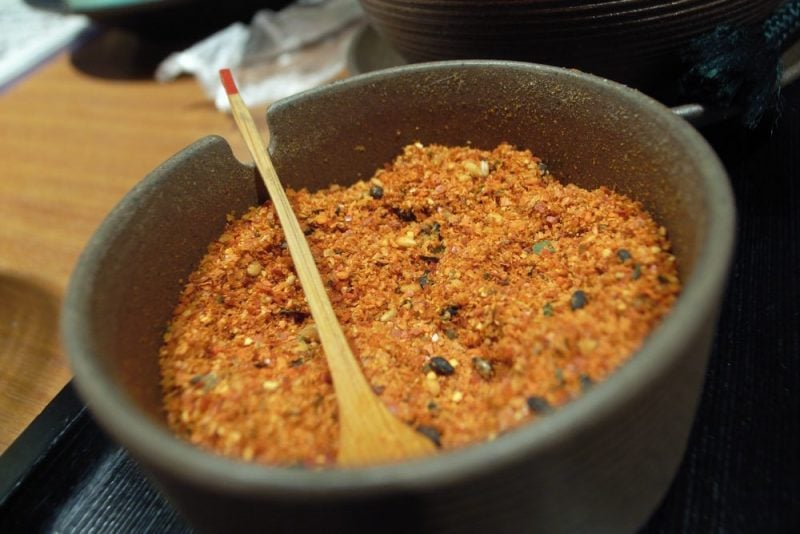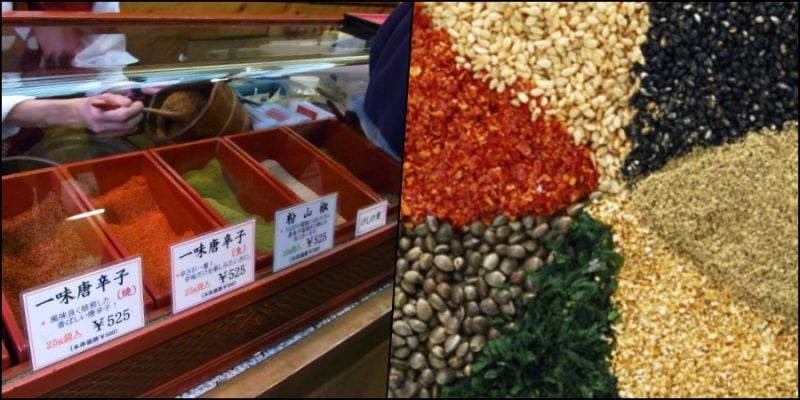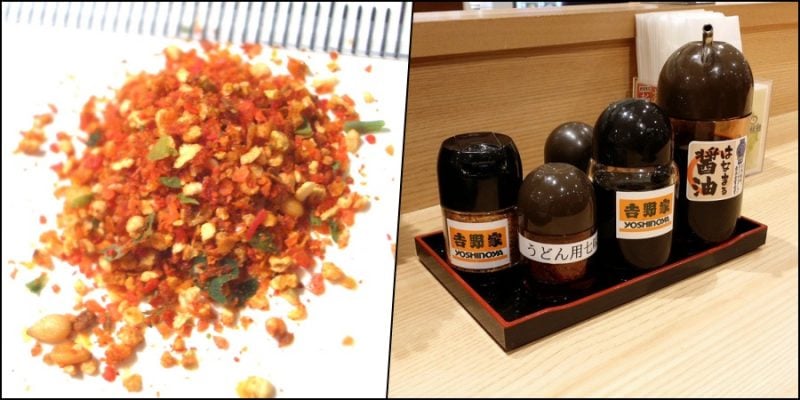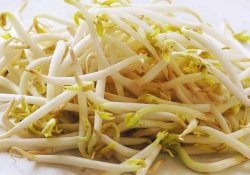Have you ever heard of the seven Japanese flavors called Shichimi (七味) or Shichimi Togarashi (七味唐辛子)? This famous Japanese seasoning is composed of 7 spices and is usually found in various restaurants and very popular in the consumption of soups and noodles. In this article, we will talk about this famous Japanese seasoning and its history.
The word Shichimi (七味) literally means 7 flavors, while Togarashi (唐辛子) means literally peppers and chili peppers from the capsicum family. Be careful not to read shichimi (七味) as nanami, some Westerners were making this mistake and even selling the seasoning with the name of nanami, which is another way to pronounce 7 in Japanese.
This expression "7 flavors" is not usually specific to seasoning but to various aspects of cooking. This Japanese mixture is completely balanced, consisting of 7 spices that together produce a spicy, elaborate, and aromatic flavor, combining mild heat and flavor at the same time.

Índice de Conteúdo
What are the seven flavors of Shichimi?
The condiment called shichimi is a mixture of seven different ingredients that can vary by manufacturer. A typical shichimi mix may contain:
- Red pepper, chopped and ground;
- Sansho (Japanese pepper);
- Orange peel (Chenpi);
- citrus peels;
- Sesame seeds;
- chili;
- sesame seeds;
- ground ginger;
- Nori or Anori;
- poppy seeds;
- Chilean peppers;
- Cayenne peppers;
- Yuzu, Rapeseed and Shisho Husks;
- Chopped garlic;
The spicy seasoning made of only one ingredient is called Ichimi [一味].
How did the Shichimi Togarashi seasoning come about?
The seven-flavor blend is believed to have been around since the 16th century and was produced by herbal dealers in Edo (Tokyo). It was in the 16th century that the Chinese possibly brought togarashi (chili peppers) to Japan. Initially the herbs that made shichimi were used for medicinal purposes to cure colds and flu.

There are other theories that Portuguese missionaries may have introduced chili peppers to Japan around 1605. Others claim that it was Hideyoshi who brought chili peppers in 1592 from the Korean peninsula. Peppers have been cultivated since 1610, but it was not until 1625 that a merchant decided to mix them with medicinal herbs to market them, thus creating the famous shichimi.
More than 400 years have passed and the company “Yagenbori Shichimi Togarashi” is still active today. The retail store can still be found in Tokyo in Asakusa, there you can find different mild and spicy versions of the famous shichimi.
There is another famous vendor called Shichimiya Honpo which has been in business since 1655 near Kiyomizu temple in Kyoto. In Nagano since 1720, Yawataya Isogoro sells shichimi near Zenkoji temple. Of course, nowadays there are thousands of manufacturers of the seven flavors and you can find them in any Konbini, restaurant or market.
Read also: Konbini - Convenience stores in Japan
How to use the seven Japanese flavors
Shichimi is most commonly served at the table as a condiment for Japanese noodle dishes, such as soba and udon, but many people sprinkle it on gyudon, miso, and even skewers. It is recommended to store the condiment in the refrigerator, although I always find them exposed on restaurant tables.
Read also: Gyudon - Japanese beef bowl + Recipe

There are differences between the seven flavors depending on the region of Japan. In the Kanto region they tend to create the seasoning in a spicier way, while in Kansai the seasoning favors aromatic herbs. You will always find this condiment in most izakayas or kushiyaki-yas.
Read also: Izakaya - Japan's friendly bars
Preparing your own Japanese seven flavors condiment is easy, just mix all the ingredients mentioned in the article (finely ground) in an amount you think is adequate for each one. Remembering that the seasoning is dry and should sprinkle and come out like salt or ground pepper.
We recommend not adding too much Shichimi to dishes, it may end up being too spicy or taking away from the bittersweet flavor of Japanese cuisine. I personally loved Shichimi and I like to put it on a lot. Is that you? Have you had the chance to try the seven Japanese flavors? What is your experience?





